Scroll Down to Watch Our Complete Video Analysis of the Healthy Sail Panel Recommendations!
The joint partnership between Royal Caribbean and Norwegian Cruise Line, the Healthy Sail Panel, submitted its recommendations to the CDC today. This panel formed in June by Royal Caribbean Group and Norwegian Cruise Line Holdings is comprised of experts in medical practice and research, public health, infectious diseases, biosecurity, hospitality, and maritime operations.
Today, the Healthy Sail Panel revealed a 65 page report including 74 detailed best practices to protect the public health and safety of guests, crew, and the communities where cruise ships call.
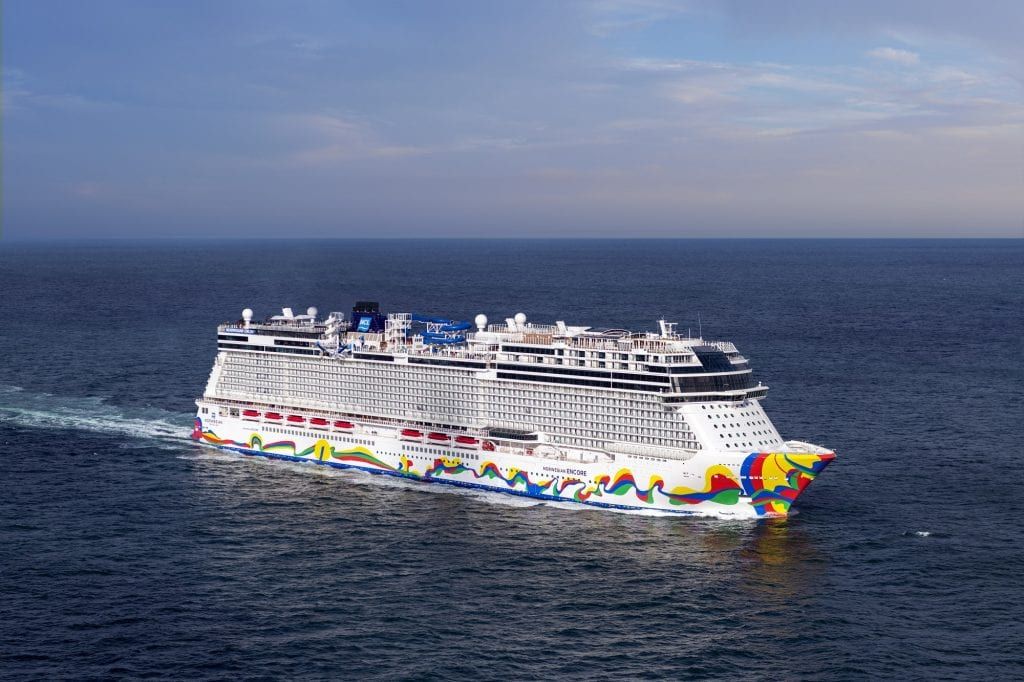
Royal Caribbean and Norwegian Cruise Line Reveal Details of Healthy Sail Panel
Over the last four months, the Panel was tasked with closely examining every aspect of a cruise and recommending the most effective, scientifically sound ways to make the cruise experience healthier and safer.
“We understand our responsibility to act aggressively to protect the health and safety of our guests and crew, as well as the communities where we sail, and we asked the Panel to help us learn how to best live up to that responsibility,” said Richard D. Fain, chairman and CEO of Royal Caribbean Group.
“The Healthy Sail Panel’s recommendations are robust and comprehensive, and they reflect the intense focus the panelists brought to their work,” said Frank Del Rio, president and CEO of Norwegian Cruise Line Holdings Ltd.
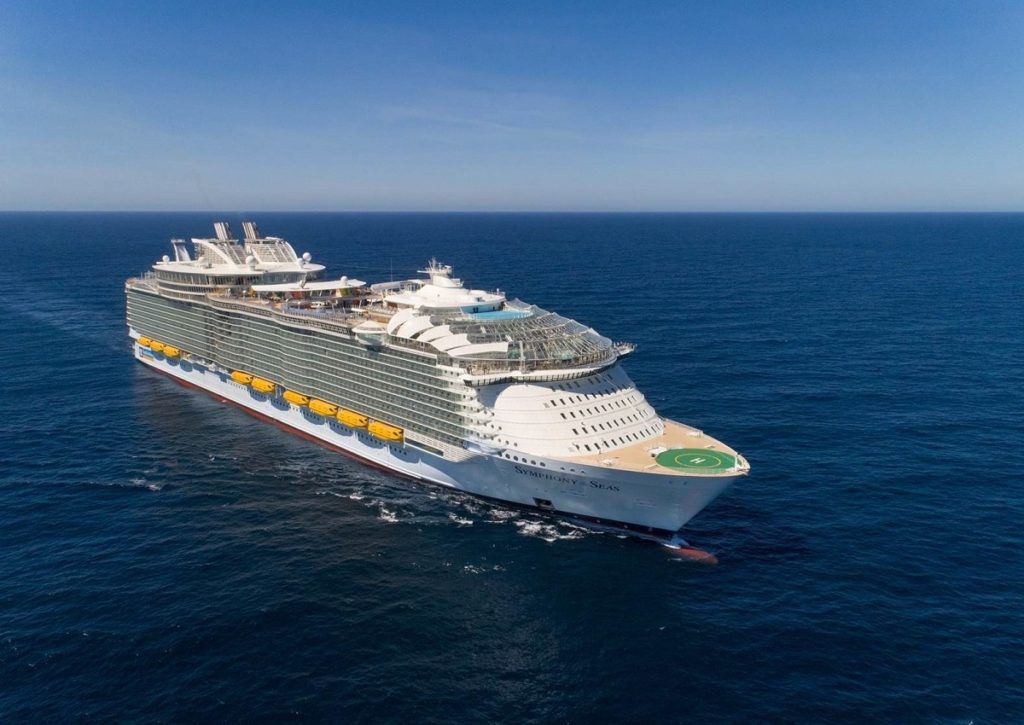
The Healthy Sail Panel identified five areas of focus every cruise operator should address to improve health and safety for guests and crew, and reduce the risk of infection and spread of COVID-19 on cruise ships:
- Testing, Screening and Exposure Reduction
- Sanitation and Ventilation
- Response, Contingency Planning and Execution
- Destination and Excursion Planning
- Mitigating Risks for Crew Members
The Panel recognizes that “Risk can never be fully eliminated, but with appropriate measures in place, it can be substantially reduced, and many layers of risk reduction are needed since each alone is insufficient.”
It further stated, “Aggressive measures to minimize or prevent SARS-CoV-2 from entering a ship are the single most important step that can be taken to reduce risk of an outbreak on board.”
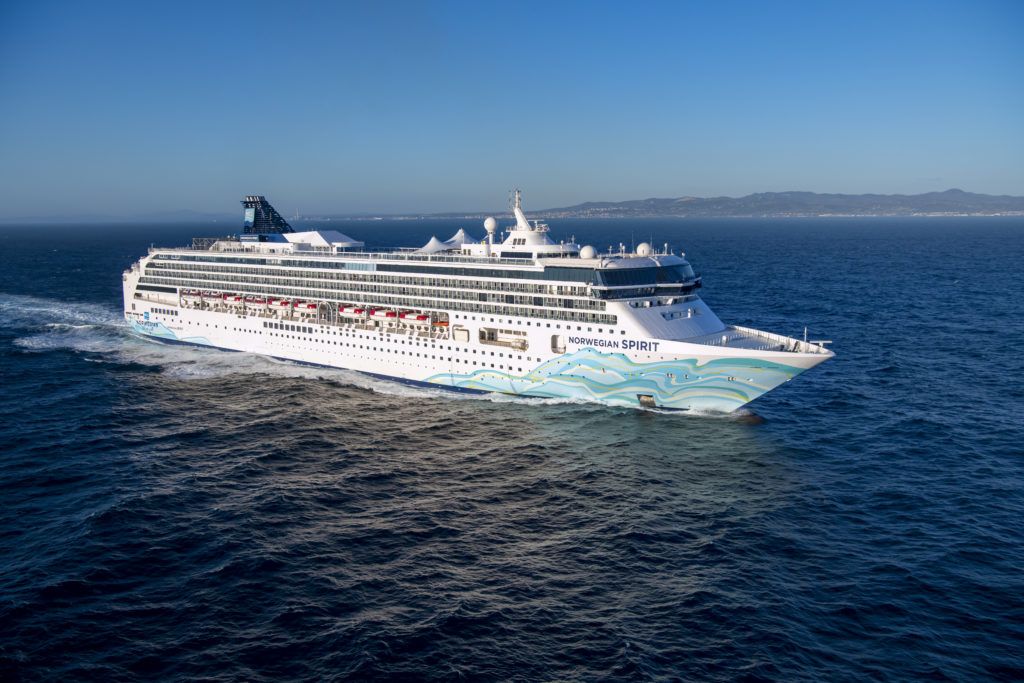
“Despite all the measures put in place, SARS-CoV-2 infections may still occur on cruise ships. If they do, cruise operators’ goals should be to (1) minimize risk of transmission among individuals and prevent a widescale outbreak, (2) provide appropriate care on board for those infected, and (3) arrange in advance for appropriate transfers of impacted guests or crew.”
Healthy Sail Panel: Testing, Screening, and Exposure Reduction
- All crew should be tested for SARS-CoV-2 between 5 days and 24 hours prior to leaving their home location to join the ship and receive a negative result, quarantine for seven days on board the ship upon arrival, and take a test at the end of that seven-day period and receive a negative result, before beginning their duties.
- Cruise operators should implement a crew surveillance program, including periodic testing for SARS-CoV-2, to provide a reasonable level of assurance that the virus is not circulating among crew.
- All guests joining a ship, regardless of method of travel to the ship, should be tested for SARS-CoV-2 between 5 days and 24 hours before boarding and receive a negative result that is shared with the cruise operator, before coming on board.
- At embarkation, all guests and crew boarding the ship should undergo health screening to identify any symptoms consistent with COVID-19 (or other infectious diseases) and any contact with individuals suspected or confirmed to have a SARS-CoV-2 infection prior to the cruise.

- All individuals should have their temperature taken via contactless device as part of the boarding process.
- Cruise operators should not allow an individual to sail if they do not affirmatively state their willingness to comply with current safety and public health protocols.
- Cruise operators should conduct once-daily temperature checks for guests and crew on board.
- To prevent the spread of SARS-CoV-2, cruise operators should require guests and crew to wear cloth face coverings/face masks in accordance with CDC recommendations.
- When returning to sailing, cruise operators should adjust guest and crew load factors in a manner that allows for appropriate physical distancing on board in accordance with applicable guidance, taking into consideration the size and design of each ship.
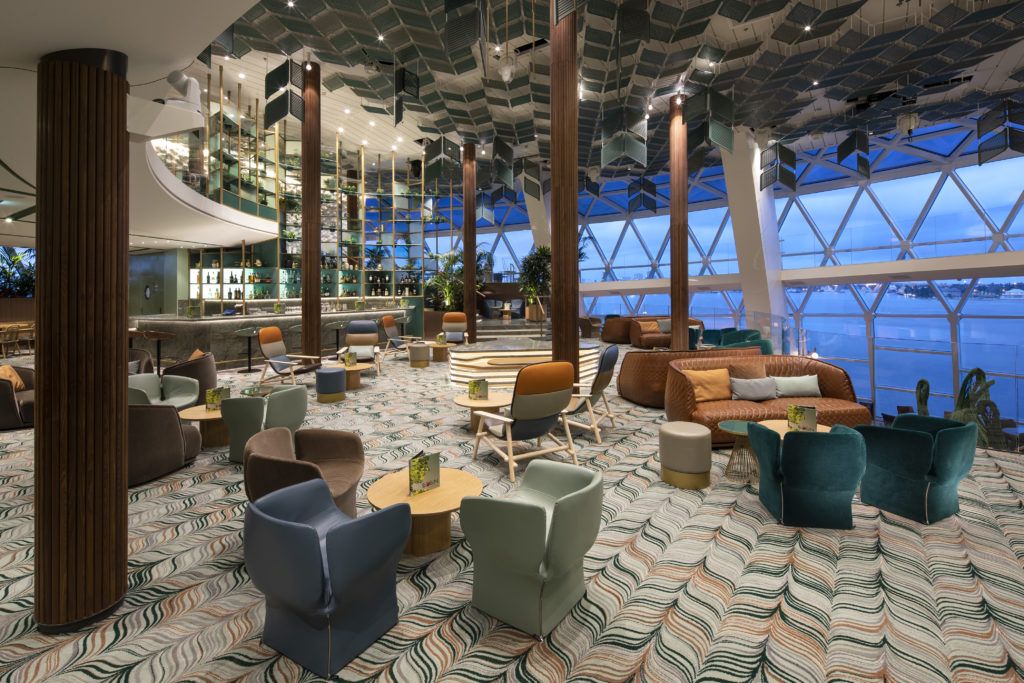
- Cruise operators’ facilities on board the ship, at terminals, and at cruise line-owned and operated destinations should be modified to promote and facilitate physical distancing in accordance with the CDC recommendation of a distance of at least six feet.
- Cruise operators should utilize processes and protocols for touchless check-in and speedier boarding to reduce contact and potential congestion in the terminal.
Healthy Sail Panel: Sanitation and Ventilation
- Enhanced sanitation protocols should be employed to protect against the risk of SARSCoV-2 transmission via inanimate surfaces or objects, with attention to both high- and low-touch areas of the ship, terminal, and cruise line-owned and operated destinations.
- Cruise operators should ensure that all disinfectants used for cleaning and disinfection are on the EPA’s List N: Disinfectants for Use Against SARS-CoV-2 or national equivalent for terminals located outside the U.S., which must also comply with local government regulations.
- Cruise operators should ensure that hand sanitizer stations, wipes, or hand washing stations are conveniently placed around the ship for guests’ and crew members’ usage.
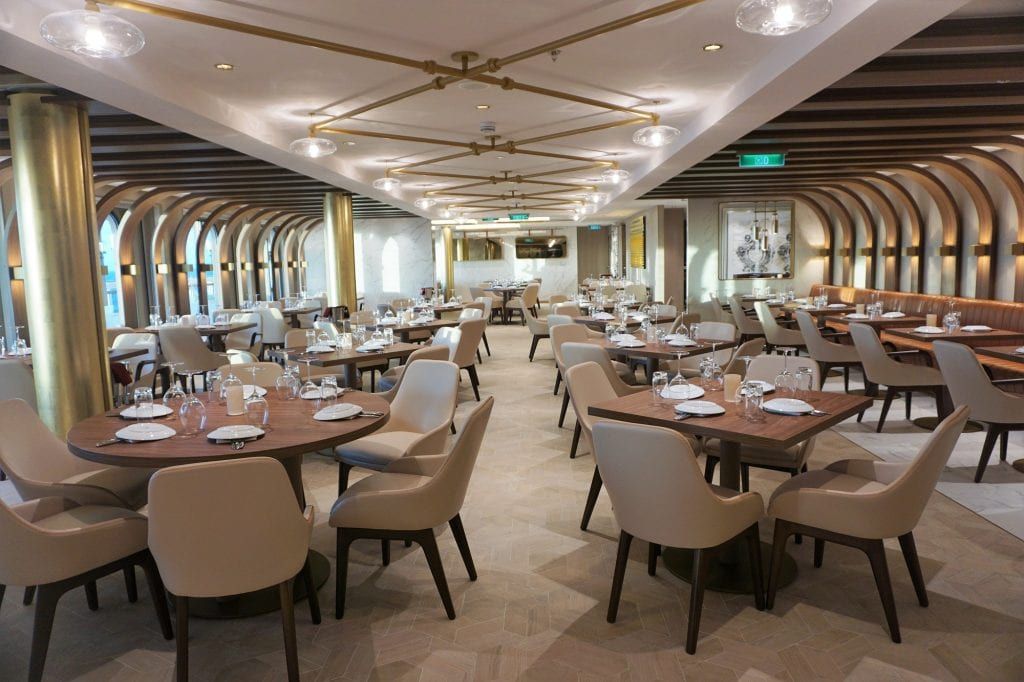
- Cruise operators should ensure that crew members are thoroughly trained on all aspects of infection control with emphasis on proper hand hygiene techniques.
- All cruise operators should upgrade the HVAC systems on their ships to, ideally, MERV 13 filters to minimize pathogen dispersal from infected guests and crew.
- Cruise operators’ indoor air management strategies should be optimized given the constraints of ship age and ventilation type.
Healthy Sail Panel: Response, Contingency Planning, and Execution
- As a part of augmenting onboard medical capacity to ensure preparedness for potential COVID-19 cases, cruise operators should increase their existing ratios of medical personnel to guests and crew.
- Cruise operators should ensure there is sufficient onboard medical leadership on all ships, including the designation of a crew member with responsibility for infectious disease prevention and response who will inform and oversee execution of components of the response to an outbreak. Cruise operators should also ensure they have a doctor on board with intensivist training to manage the medical care of severely ill patients.

- Cruise operators should increase the capacity in their onboard medical facilities to treat patients who may become critically ill from SARS-CoV-2 infection or other unrelated illnesses.
- Cruise operators should amplify the varieties and amount of equipment in the onboard medical facilities, including the ability to test for SARS-CoV-2 infection on board.
- Cruise ship facilities should be arranged to accommodate care for patients presenting with suspected infectious disease separately from care for those presenting with noninfectious diseases.
- Cruise operators should have established relationships with onshore medical institutions that can provide telemedicine consultations in the event of a more serious COVID-19 case.
- Cruise operators should employ a variety of contact tracing methodologies to ensure that all potential SARS-CoV-2 infections are identified as quickly as possible.
- Cruise operators should designate certain cabins on the ship as isolation and quarantine spaces.
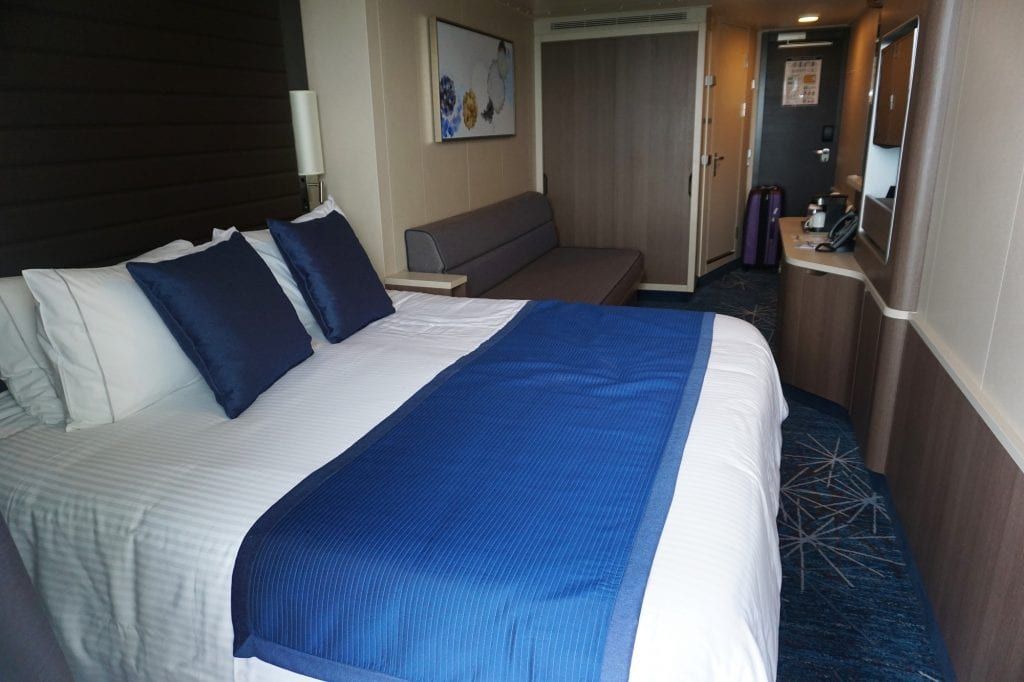
- Cruise operators should have a thorough mobilization response plan in place prior to sailing to address the various scenarios that may require individuals with confirmed SARS-CoV-2 infection (guests or crew), and their close contacts, to debark from the ship.
- Cruise operators should establish a communications plan, and assign a communications lead in advance, to share timely, relevant information with crew and guests on board the ship in the event of a SARS-CoV-2 infection during or after the cruise. Additionally, cruise operators should have systems in place to coordinate information about SARS-CoV-2 infections to relevant health authorities.
Healthy Sail Panel: Destination and Excursion Planning
- There are two essential prerequisites that need to be satisfied in order for a ship to sail to a given port: 1) Approval from the local government to visit a port and 2) Agreement to allow safe passage to SARS-CoV-2-infected individuals and their close contacts to debark and travel home.
- Cruise operators should rely primarily on three key parameters when determining whether to travel to a given port: 1) Current burden of SARS CoV-2 as defined by testing rate, positivity rate, and death rate; 2) Local testing capacity; 3) Local/regional/national implementation of SARS CoV-2 mitigation protocols.
- In the startup phase, cruises itineraries should be as simple as possible, utilizing private, cruise line-owned and operated destinations or ports where there can be tight control of the onshore experience.
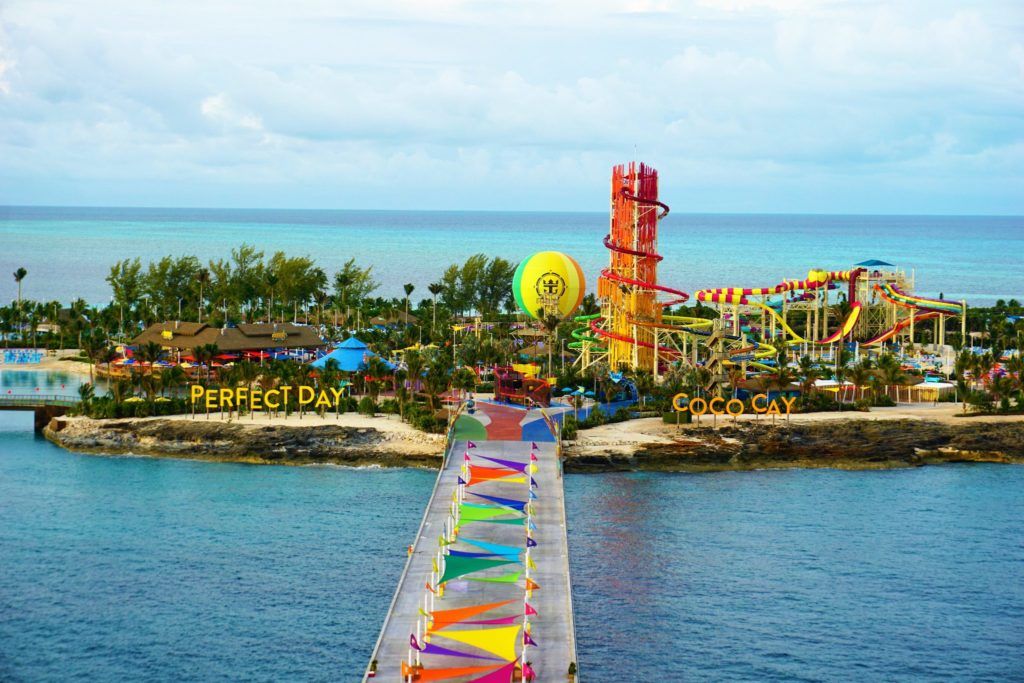
- Cruise operators should initially return to service with shorter length trips.
- During the initial return to sailing, cruise operators should only allow guests debarking from a ship at a destination port to participate in cruise line-sponsored or verified excursions as a way of limiting potential exposures in the destinations they visit.
- Cruise operators should establish expectations of the vendors at the destinations they visit to ensure that they are taking recommended steps to reduce the transmission of SARS-CoV-2.
- Cruise operators should offer indoor excursions only if physical distancing, use of masks, and other recommended protective measures can be implemented.
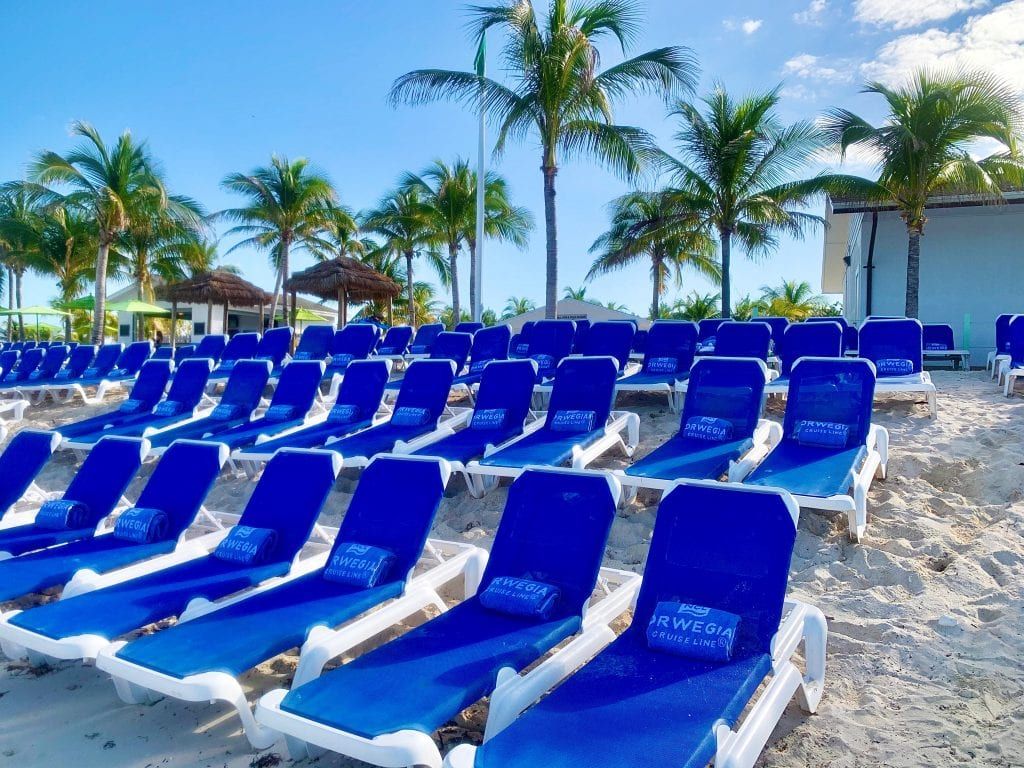
Healthy Sail Panel: Mitigating Risks for Crew Members
- Cruise operators should manage the population density of crew areas of the ship.
- Cruise operators should provide opportunities for crew to debark from the ship at destinations while maintaining reasonable limitations on their movement to reduce risk of exposure to SARS-CoV-2.
- Crew should be placed in single-occupancy crew cabins whenever possible to minimize extended periods of close contact with other crew members.
- Cruise operators should limit crew members’ close contact with guests over extended periods of time wherever possible. When distancing isn’t possible, crew should be provided with additional PPE appropriate to their job type.
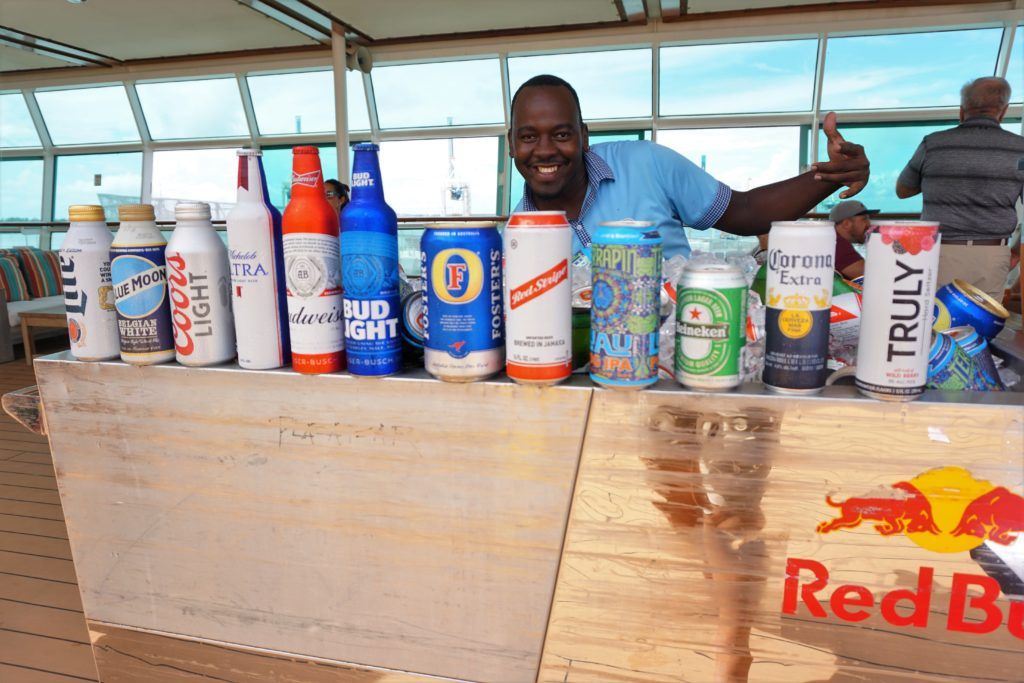
- Crew should be provided with regular training on protocols to reduce transmission of SARS-CoV-2 and empowered to take action to ensure these protocols are followed by guests and fellow crew members.
- Cruise operators should have measures and metrics in place to perform continual self assessment of compliance with all updated health and safety protocols as well as methods for third-party verification of compliance.
- In their return to sailing, cruise operators should use a phased approach to demonstrate that protocols can be successfully implemented on board their ships before returning to full operations with guests on board.
Healthy Sail Panel Summary
Above, we have outlined the most important points from this robust set of recommendations comprised by the Healthy Sail Panel over the past several months. This document confirmed many of our predictions and also gives us hope that cruising can hopefully resume soon with the appropriate health and safety measures in place.
We now know that many of the same procedures that have been implemented by MSC Cruises, who have successfully resumed sailings in Europe, will be present on Royal Caribbean and Norwegian Cruise Line ships as well once cruising resumes here in the United States.
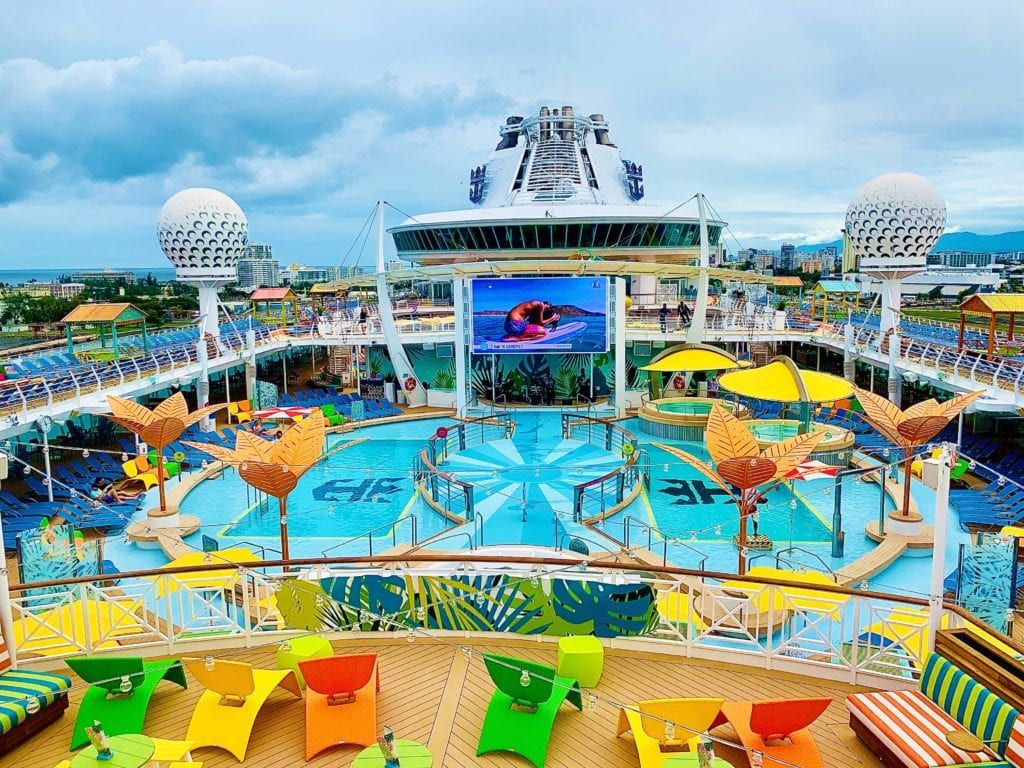
In the COVID-era of cruising, guests can expect testing, enhanced health screenings, and physical distancing. Guests will be required to submit a negative test result between 5 days and 24 hours before boarding the ship. If a reliable rapid test becomes widely available, guests could also be subjected to a second test at the terminal. Further, daily temperature checks will be required.
We also now have an official statement that facial coverings WILL be required in any indoor, congregate setting regardless of physical distancing measures. Exceptions will be in guest cabins and eating and drinking in restaurants, bars, and lounges WHILE SEATED. Face coverings will not required in outdoor settings as long as physical distancing is feasible.
We also now know that guest capacity will be reduced on ships taking into consideration the size and design of each ship. This capacity reduction also applies to all venues on the ship including restaurants, theaters, bars/lounges, and more. Further, physical distancing will be implemented by spacing out furniture, blocking certain seats, and moving activities outdoors when possible. There will also be no self-service areas including buffets.
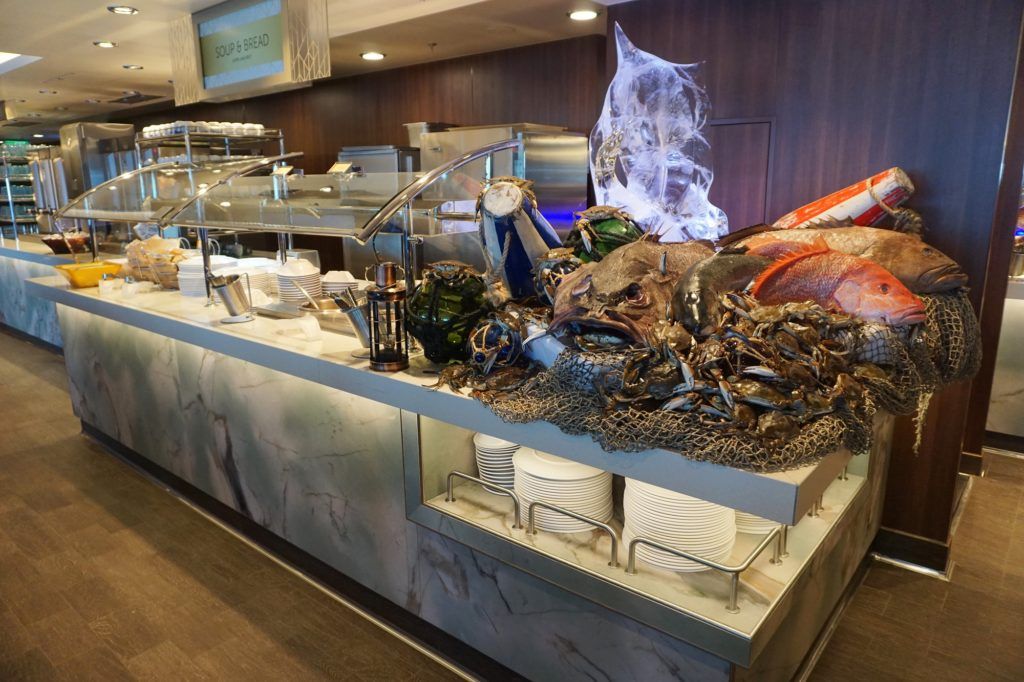
Additionally, initial cruise itineraries will be shorter and simpler with emphasis on cruise line owned destinations. Guests will only be allowed to visit other destinations on cruise line approved shore excursions. This means guests will not be allowed off the ship for self exploration or for tours booked with external providers. This is to help ensure the safest vacation “bubble” possible.
The Healthy Sail Panel does note that not all of these changes will be permanent. The recommendations were broken down into two categories: those that could be modified or removed over time and those that should continue.
While these plans have been submitted to the CDC as of today, we still do not have any firm time frame of when cruising will resume. Admittedly, it will take time for the plans to be reviewed as well as for the measures to be carried out on the ships once approved.
So, this still leaves a few questions. Is a November start date possible? If so, what ships from each respective fleet will sail first? We are anxiously awaiting these answers!
Comments
Do you agree with the recommendations put forth by the Healthy Sail Panel? Will you still cruise with these measures in place? Drop us an anchor below to share your thoughts on cruising in the COVID-era.






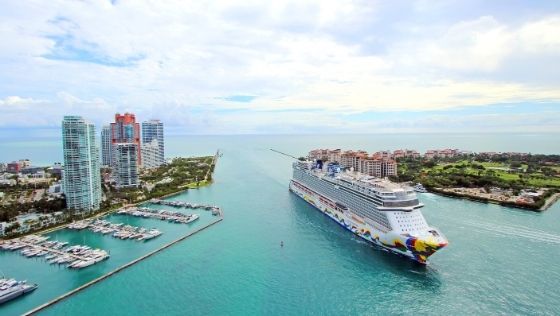

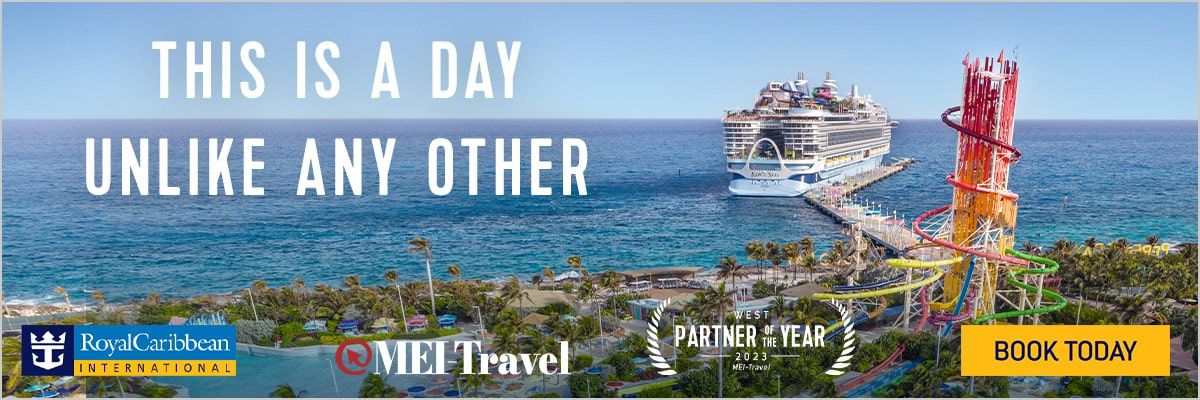

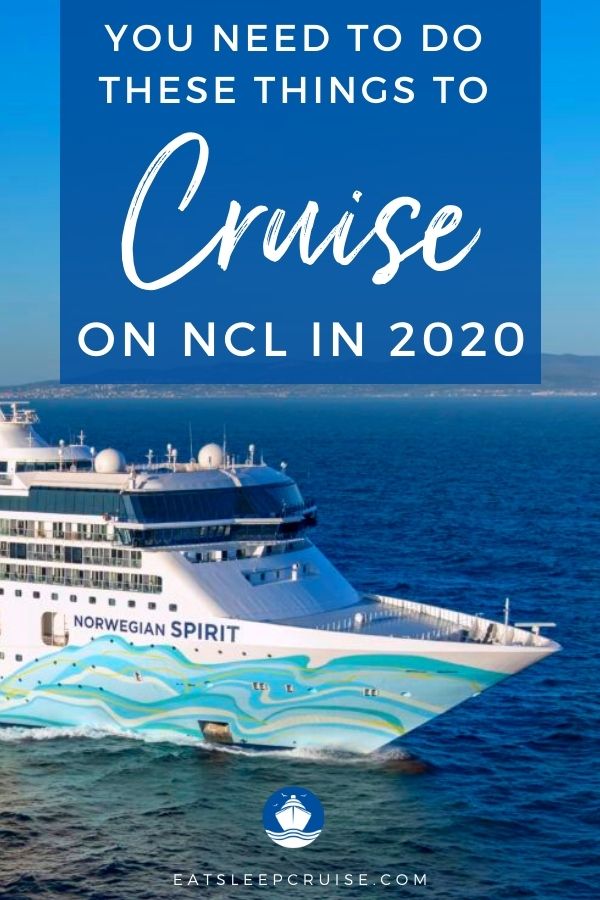
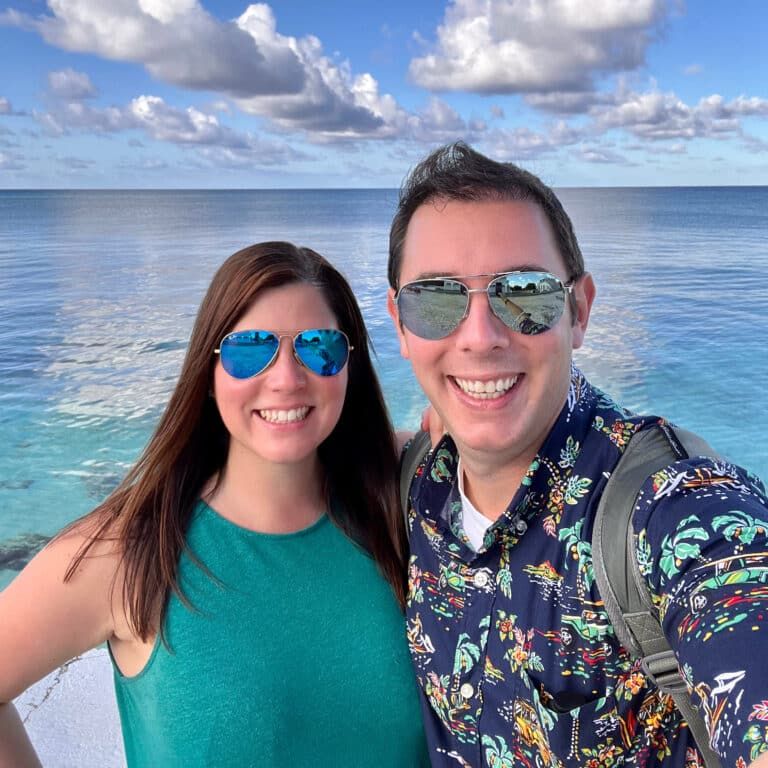

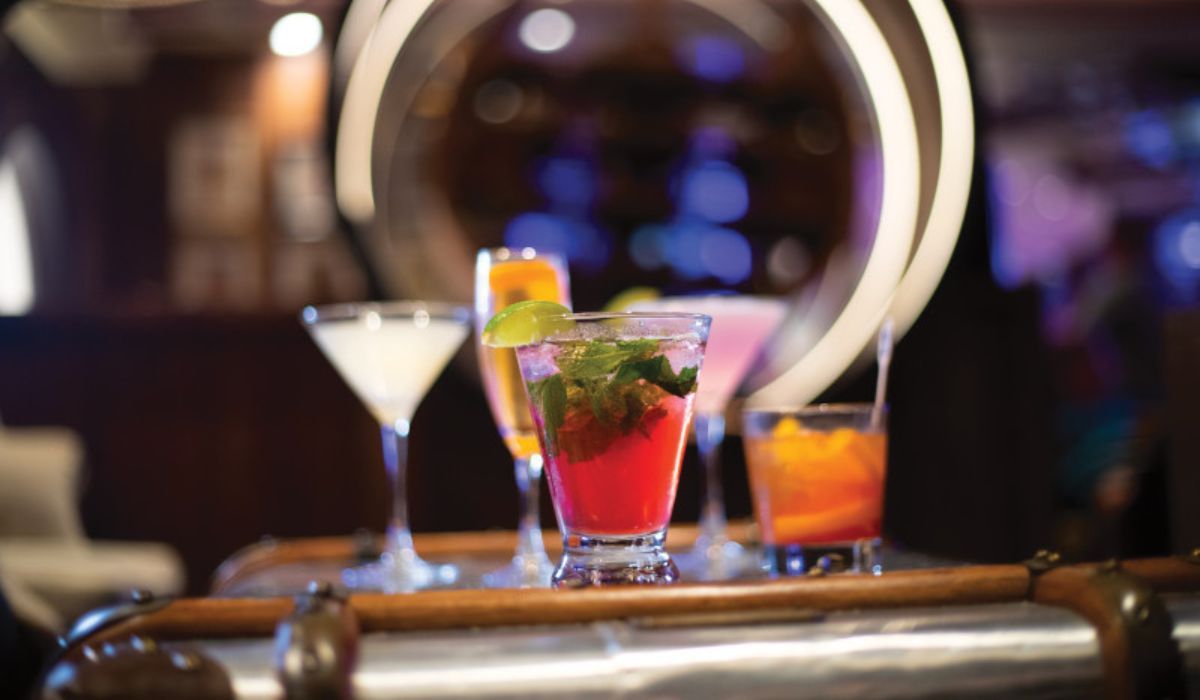
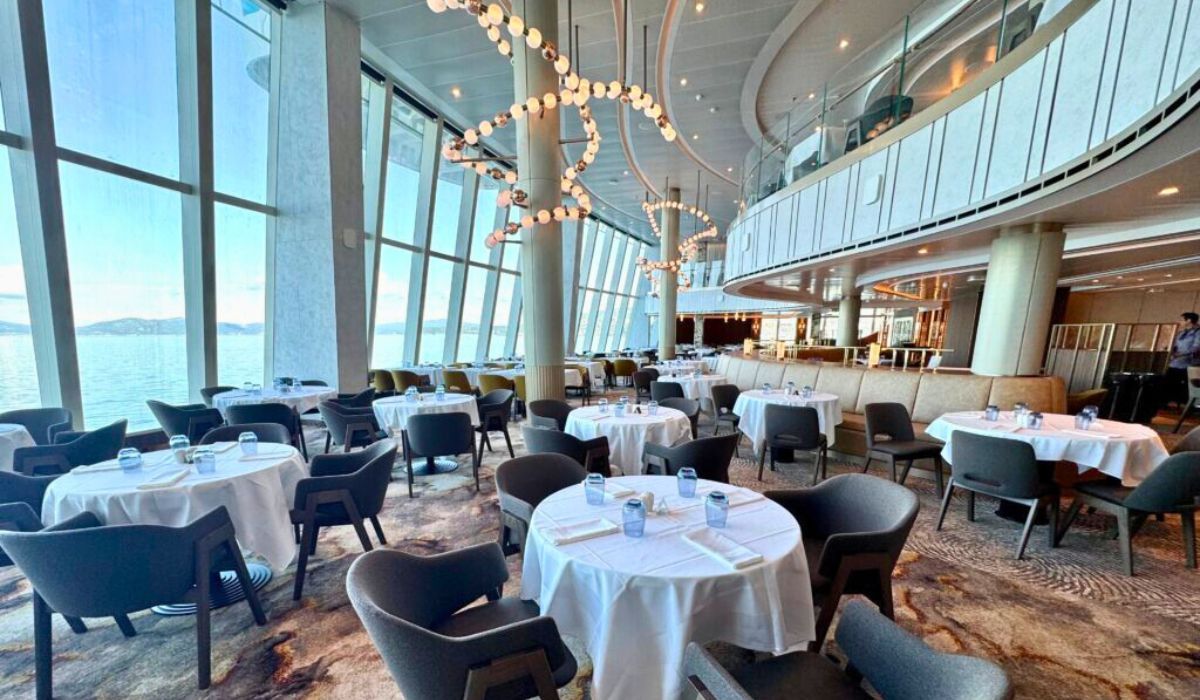
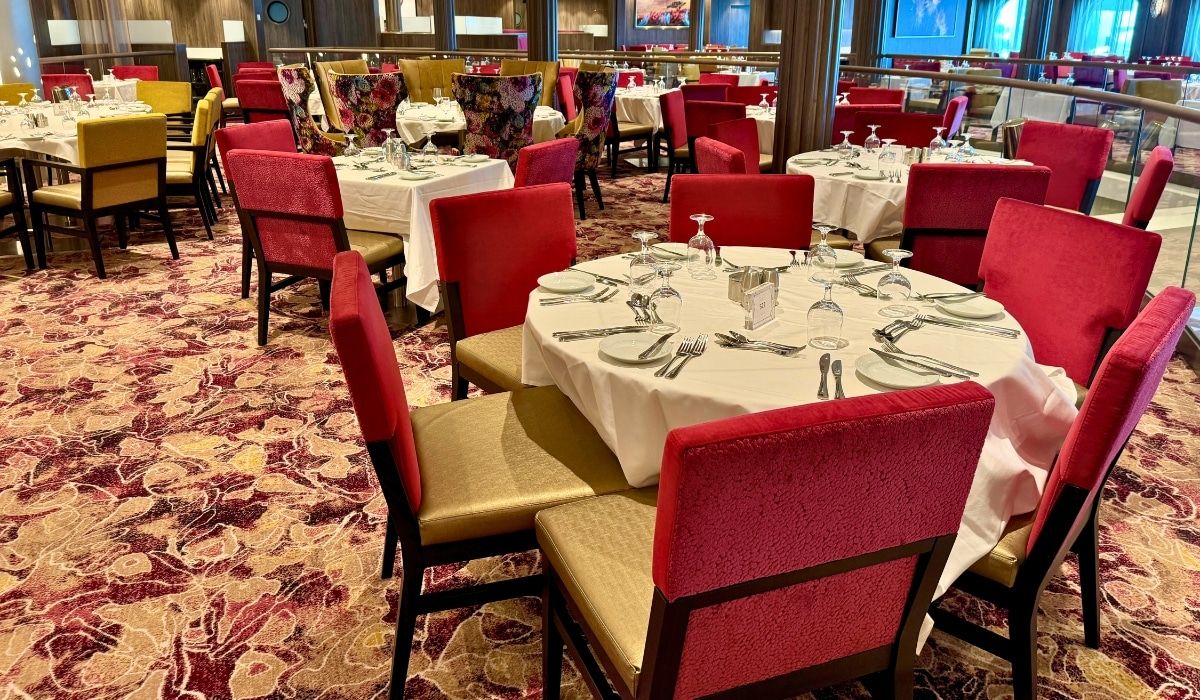


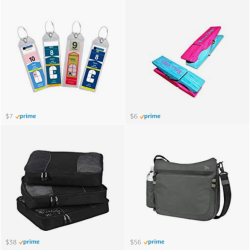
2 comments
Juls
They can have president going around country for rallies with precautions let us cruise
David Horn
First, my wife and I are avid cruisers, so anything that makes that viable again gets our vote. That said, We’re both a bit put-off by the restrictions needed to get things going. And we don’t doubt that the restrictions are desirable, because they certainly are. That said, we may among the reluctant many to wait for the restrictions to loosen, which may mean waiting for the fully-implemented vaccine.
A large part of the enjoyment of cruising involves interaction with people. We like to dance. How does a dance venue work with social distancing and masks? Likewise, how does one use a pool, mask or not?
We agree that this is good news, and real progress. Some will jump at the chance to cruise on any terms, and that may be good for us in the long term … just not now.